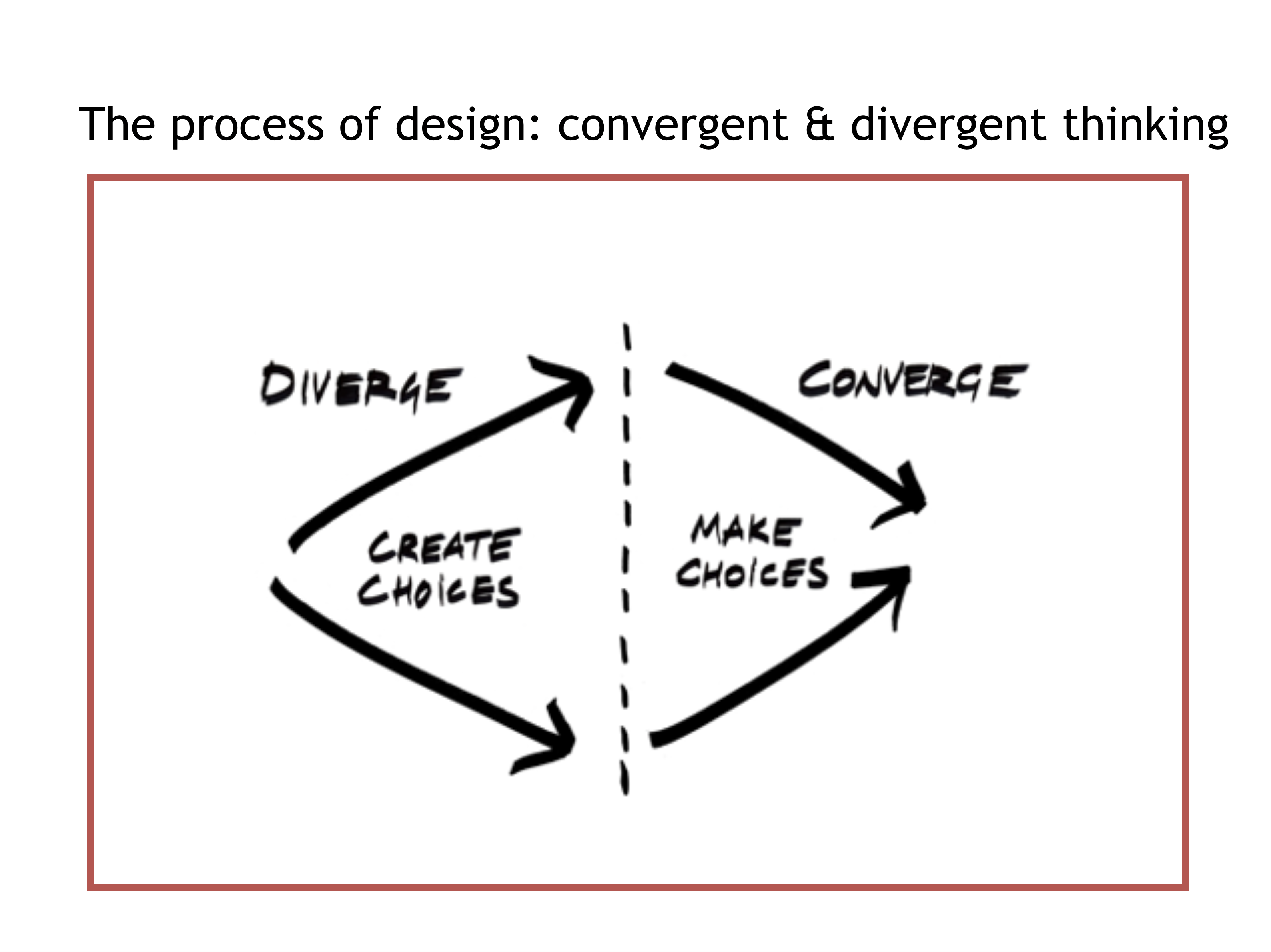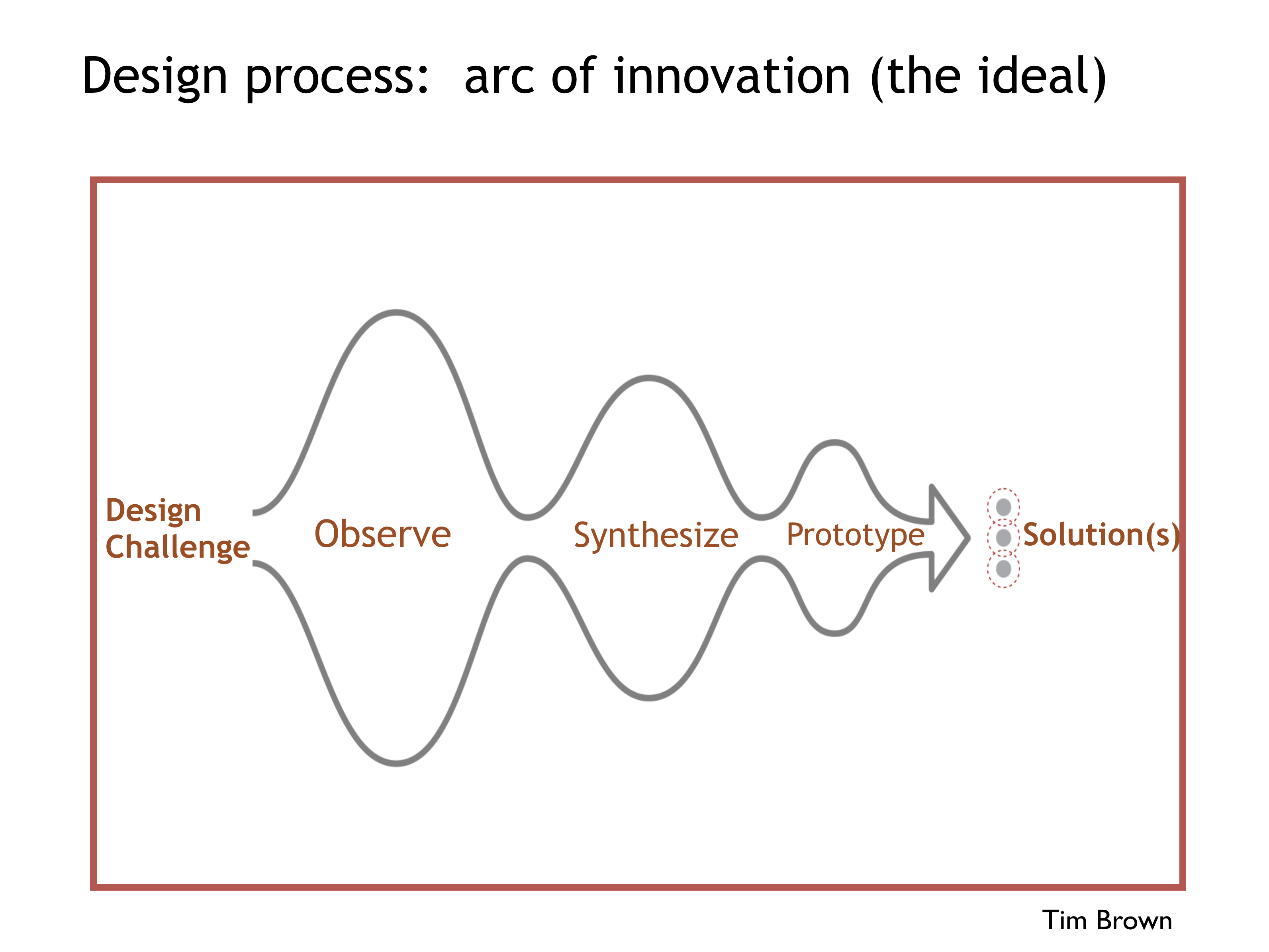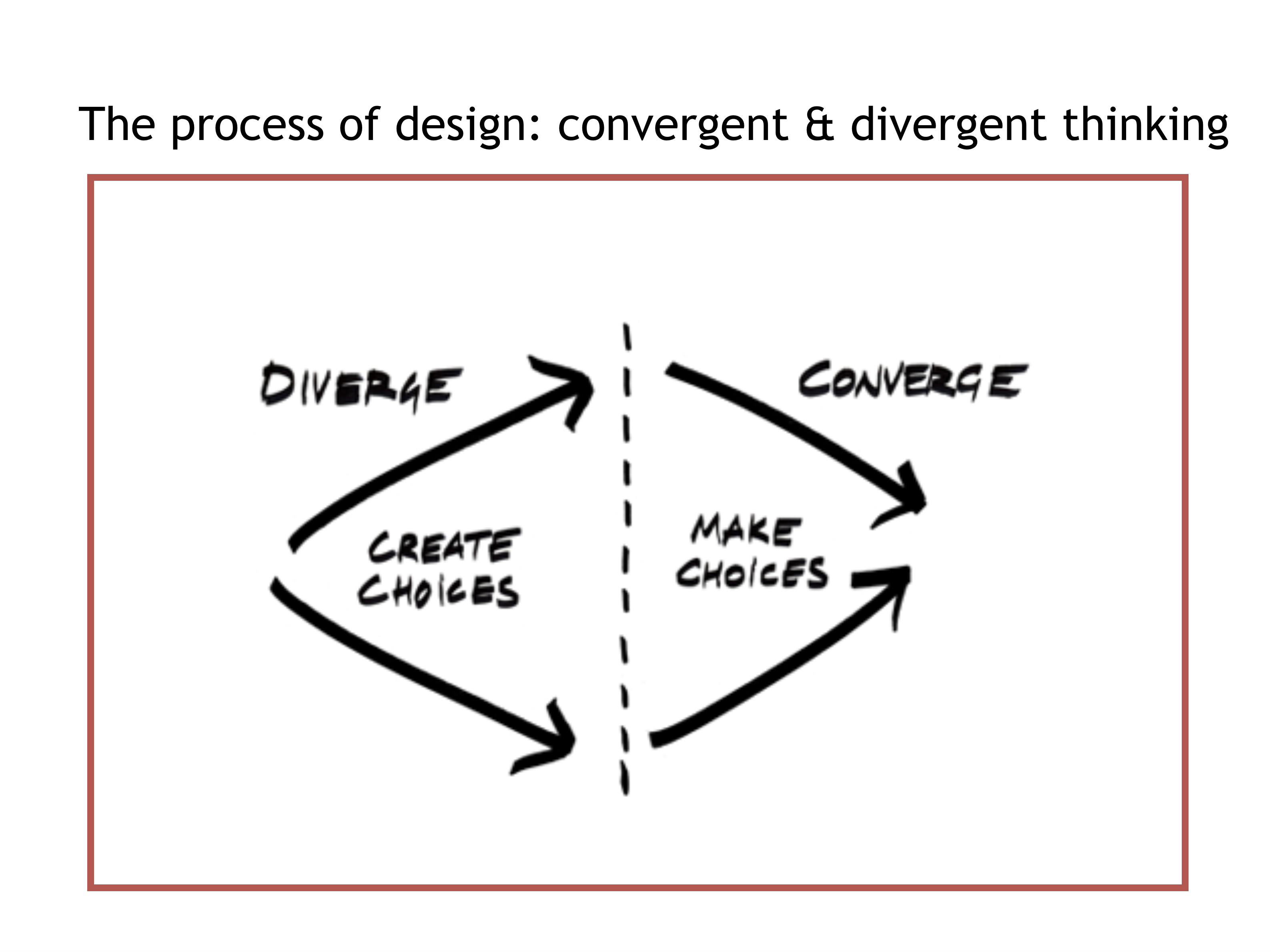-
 Barry Katz
IDEO / CCA and STANFORD
Fellow & Professor of design
Barry Katz
IDEO / CCA and STANFORD
Fellow & Professor of design
Dr. Katz was the first IDEO Fellow, and today consults on a number of IDEO projects. He is an aggressive networker, and can often be seen bringing prospective clients through the Palo Alto and San Francisco studios. Outside of IDEO Barry is Professor of Industrial and Interaction Design at the California College of the Arts in San Francisco, and Consulting Professor in the Design Group, Department of Mechanical Engineering, at Stanford. He is the author of six books, including (with Tim Brown) Change By Design, and most recently, Make it New: The History of Silicon Valley Design (MIT Press, 2015). Barry brings his expertise in the history and theory of design to bear on his work with IDEO project teams, where he has engaged in front-end research on projects ranging from MRI imaging to credit cards to pharmaceuticals. His “Narrative Prototypes” typically result in briefs to design teams and presentations to clients, and he also assists with all forms of writing and editing. He believes that there is no project—however technical or futuristic—that cannot be enriched by a historical and cultural perspective.
-

Maria Giudice Hot Studio Founder
What is the difference between “design” and “Design Thinking,” and why does it matter?
Design Thinking has received an enormous amount of attention but is widely misunderstood. Participants in this workshop will be able to explain what it is, what it is not, and where it can add value. This will be of value to managers of design teams, to designers themselves, and ultimately to their clients and customers.
Design thinking is a systematic and innovative method. The principle of design thinking can be applied to organizations in different fields to form an interdisciplinary team to solve more complex problems. In the enterprise and the team will achieve:
1、Team perspective:
Knowing how to use the power of the team, only people with different backgrounds and different experiences will collide with exciting sparks, produce attractive ideas, and respect team output;
2、Management perspective: follow the thinking process of design thinking, create management processes and management methods that stimulate the potential of employees and use new technologies and business values;
3、Employee perspective: Using the methodology of design thinking to deeply analyze the ways in which employees, employee management processes, and employee management, and explore the deep demand of employees to analyze valuable management models and methods.
This workshop will provide in-depth study by leading participants in theoretical sharing, case studies and interactive group experiences. Instruct the design manager to start from the actual needs and put the design thinking into the team and personnel management mode.
This workshop will lead the participants through theoretical sharing, case studies and interactive group experiences. Instruct the design manager to start from the actual needs and put the design thinking into the team and personnel management mode. We will select several problems—to be determined—that can profitably be approached through the methods of Design Thinking. Design Thinking is as much a philosophy as a methodology, and we will try to balance “big ideas” with practical applications.
1、Introducing the background of design thinking
2、Introducing key elements of the design thinking process
3、Exploring case studies of design thinking
4、Case studies and group interactive experiences
5、Summary
1、
2、
3、
1、
2、
3、
4、
-
 Design process: arc of innovation (the ideal)
Design process: arc of innovation (the ideal)
-
 The process of design: convergent & divergent thinking
The process of design: convergent & divergent thinking
-
 Design process: Three Spaces of Innovation
Design process: Three Spaces of Innovation
-
 Design process: Innovation portfolio…
Design process: Innovation portfolio…












